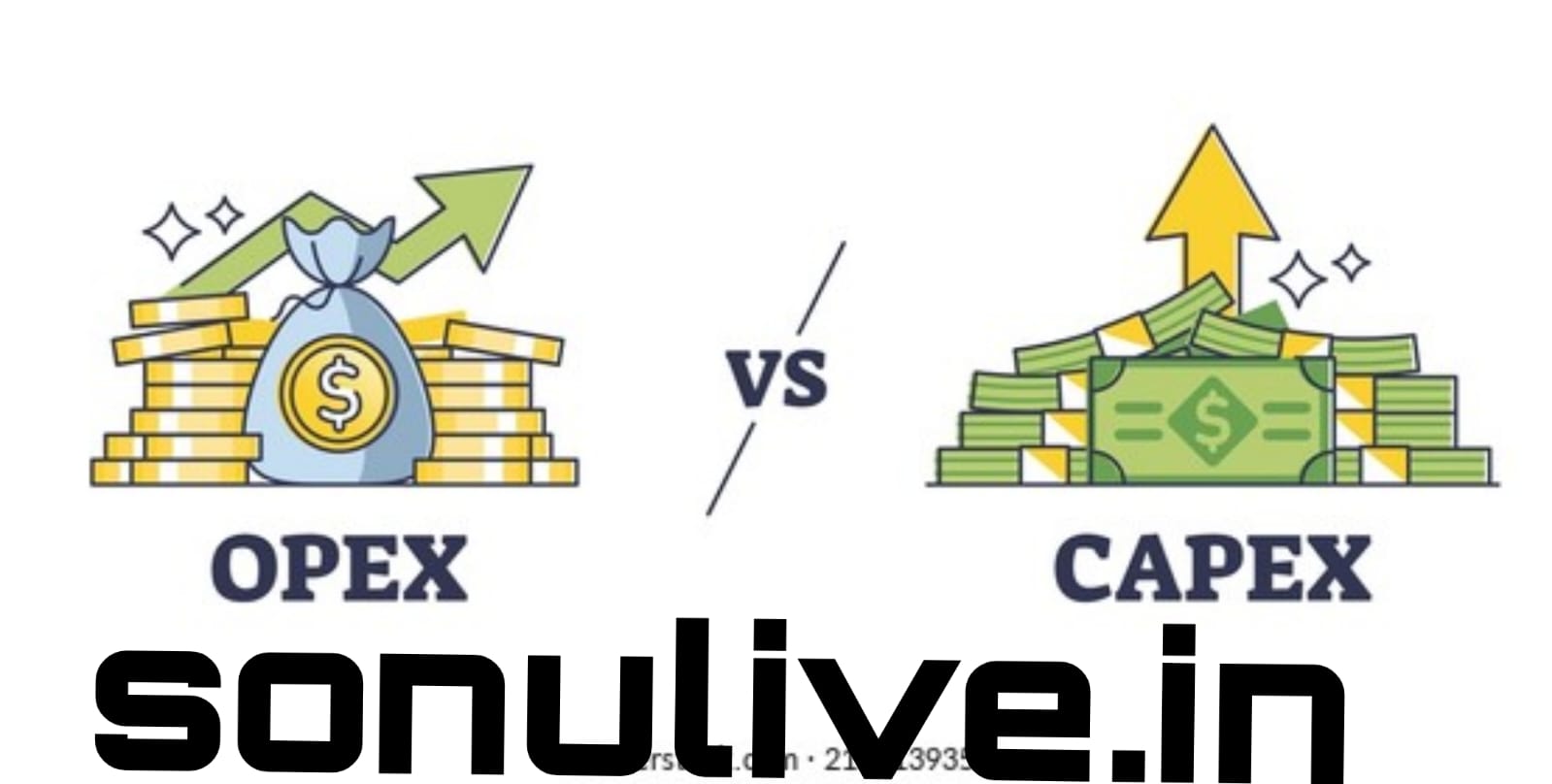Capital Expenditures (CapEx) and Operating Expenditures (OpEx)
Hello friends welcome to Sonu live ,in this article I’m going to tell you about Explain Capital Expenditure and Operating Expenditure with current data. Capital Expenditures (CapEx) and Operating Expenditures (OpEx)
Capital Expenditures (CapEx) represent long-term investments a company makes in assets that will benefit the business for multiple years. These assets can be tangible (buildings, machinery, equipment) or intangible (software, licenses, patents).
Operating Expenditures (OpEx) include the day-to-day expenses required to run a business. They are typically recurring costs associated with ongoing operations and are used up within the same accounting period they are incurred. Examples include salaries, rent, utilities, marketing, and supplies.
Understanding the current landscape of CapEx and OpEx requires looking at different sectors and company sizes:
- Technology sector: Leading tech companies like Meta and Alphabet are expected to maintain high CapEx investments in 2024, focusing on data centers, artificial intelligence, and metaverse-related technologies.
- Manufacturing sector: Companies might prioritize maintenance and efficiency upgrades over major expansions, leading to steady CapEx with potentially reduced OpEx due to streamlined operations.
- Small businesses: With rising inflation and economic uncertainties, many small businesses might tighten their belts, decreasing both CapEx and OpEx in the short term.
Here are some resources to find current data on CapEx and OpEx:
- Financial Statements: Company financial statements, such as the Income Statement. And Balance Sheet, provide detailed information on both CapEx and OpEx.
- Financial News Websites: CNBC, Bloomberg, and Reuters frequently publish articles. And reports analyzing CapEx and OpEx trends across various sectors and companies.
- Investment Research Firms: Firms like Goldman Sachs and Morgan Stanley issue research reports on specific companies. And industries, often including projections for CapEx and OpEx spending.
- Economic Databases: Databases like S&P Global Market Intelligence. And Factiva offer comprehensive data sets on CapEx and OpEx for publicly traded companies.
By analyzing current data on CapEx and OpEx, we can gain valuable insights into:
- Company growth strategies: High CapEx indicates potential future growth through expansion or technology adoption.
- Financial health: A balanced CapEx and OpEx ratio suggests efficient operations and long-term sustainability.
- Industry trends: Sector-wide CapEx and OpEx data can reveal broader economic dynamics and investment patterns.
Remember, the analysis of CapEx and OpEx is context-specific and requires considering factors like company size, industry, and economic conditions.
I hope this provides a helpful overview of CapEx and OpEx with a current data perspective. If you have any specific questions about a particular company or sector, feel free to ask!
READ MORE-https://sonulive.in/reason-for-nationalization-of-bank/

